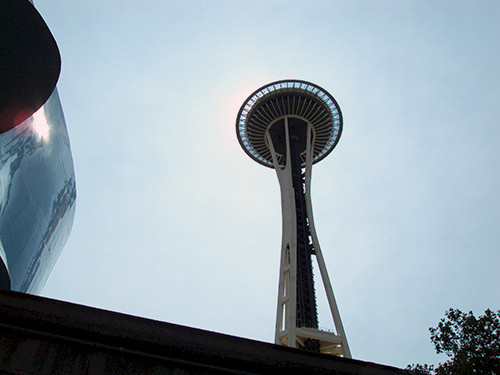The sound, the bay, and a volcano: National discussions around resiliency to coastal hazards
Kate Skaggs ·What do volcanoes, floodplains, conversations, hops, a Sound, the Bay, and sea level rise all have in common? The Association of State Floodplain Manager’s annual conference in Seattle included every one. Even the hops.

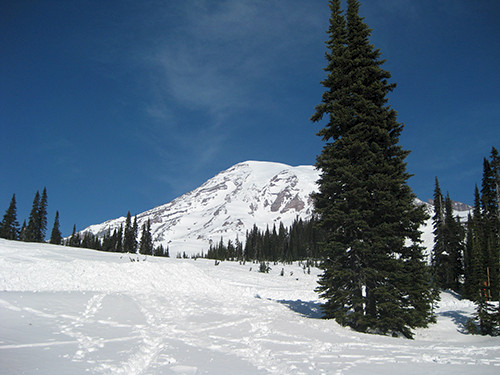
Since getting into the world of coastal management from the perspective of climate change and sea level rise, it has been a struggle to find relevant ways of relating to local planners, a.k.a. the first line of defense. While hungry for information and extremely driven, local government planners are stressed for time and resources. There are many mandatory plans that have to be continually updated, as well as political, economic, and social stressors.
On top of this, every group working in this arena appears to be speaking different languages. In a gross over-generalization, environmentalists and managers at the State are discussing ‘climate change’, non-profits are talking about ‘global warming’, floodplain managers are interested in ‘flood risk reduction’, and emergency managers are discussing ‘hazard mitigation strategies.’ There are climate action plans, climate adaption plans, hazard mitigation plans, floodplain ordinances, floodplain management plans, comprehensive plans, National Flood Insurance Rate Maps, critical area plans, and the list goes on. This doesn’t even take into consideration the political realm of passing, adopting, and implementing each of these plans by elected officials.
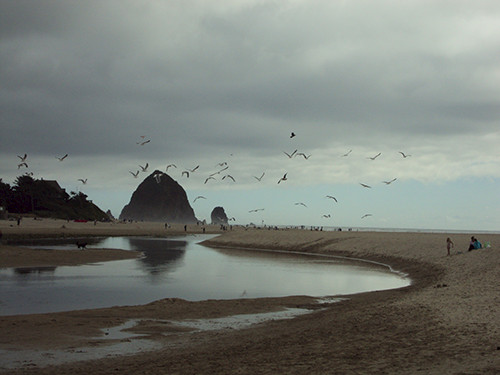
So, as a coastal manager with the State, with a background in urban development, who is currently aligning work with the State Hazard Mitigation Officer and Maryland’s State contact for the National Flood Insurance Program, aware of local political challenges, I needed some help. I get caught between feeling ethically unsure about helping people continue lives in vulnerable and at-risk communities and realizing that people will continue to live in these areas, me included, so why not do as much as possible to help us and our property be safe.
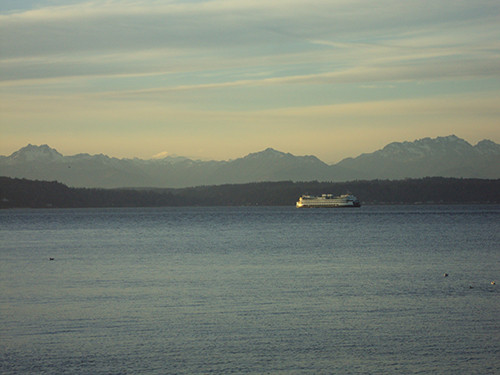
Through an extensive professional support network, I was introduced to a couple trainings at the Emergency Management Institute in Emmittsburg, MD and quickly realized the importance of merging my work with existing National Flood Insurance Program activities and initiatives. A natural progression was to become a Certified Floodplain Manager (CFM) at the Association of State Floodplain Managers (ASFPM) annual meeting in Seattle, WA.

Despite the ASFPM annual meeting’s long-time existence, loyal attendees told me that the June conference was the first conference with noticeable themes of climate change, sea level rise, and planning for future conditions in the sessions. It felt as though the ASFPM and I were on the same page and for the first time, it felt as though there was some concrete direction for moving the CoastSmart Program forward; that bridged many adaptation languages and worked within existing planning processes.
While that clarity lasted only through one session, it was a good starting point. The conference felt alive with this relatively new, integrative, and collaborative energy. I met with consultants, NOAA, FEMA, USACOE, non-profits and other State advocates (hops comes in here).
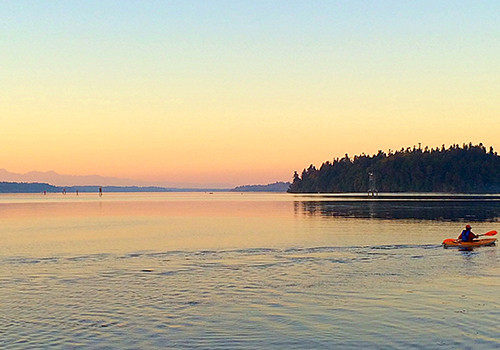
I also sat for three hours for the CFM exam (and found out six weeks later that I passed). To prepare for the exam, I took a refresher course with 40 other CFM-hopefuls. It was eye-opening to be in a room with so many local floodplain managers dealing with the same issues as local planners in Maryland that CoastSmart is trying to provide support for. While not every person talked the ‘climate change’ or ‘global warming’ language, all spoke of the importance of flood-risk reduction and hazard mitigation; and noticing changes in frequency and occurrence of devastating events. Most surprising of all was meeting an emergency management planner with Alaska. He had been in the job for over 20 years and more concerned than ever about sea level rise and the impacts of climate change; as he is responsible for helping move whole communities because of these impacts. While Alaska’s NOAA Coastal Zone Management program was dissolved a few years ago for political reasons, the State has been helping to relocate vulnerable native subsidence communities for years. And continues to do so.
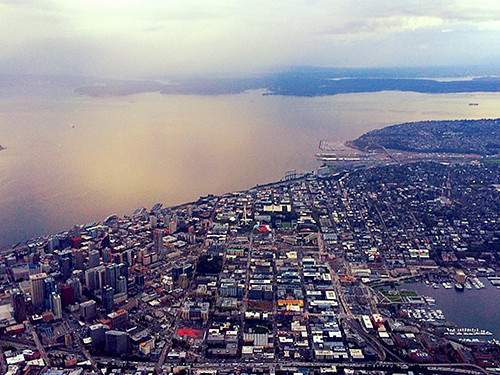
Overall, the conference was a fantastic experience for the professional opportunity of the CFM exam, but mostly for the people I was able to interact and brainstorm with. The coastal management realm is small and spread out over the entire county and can sometimes feel like you’re trying to help as a drop in the ocean. These conferences however, provide support by serving as a time for hearing and learning from other coastal managers and realizing you’re not alone, that others are dealing with similar issues in a similar way, and that even baby steps forward help towards the collective good. It just so happens that this last conference and coinciding support was offered in Seattle, with views of volcanoes, a Sound, and very good hops.
